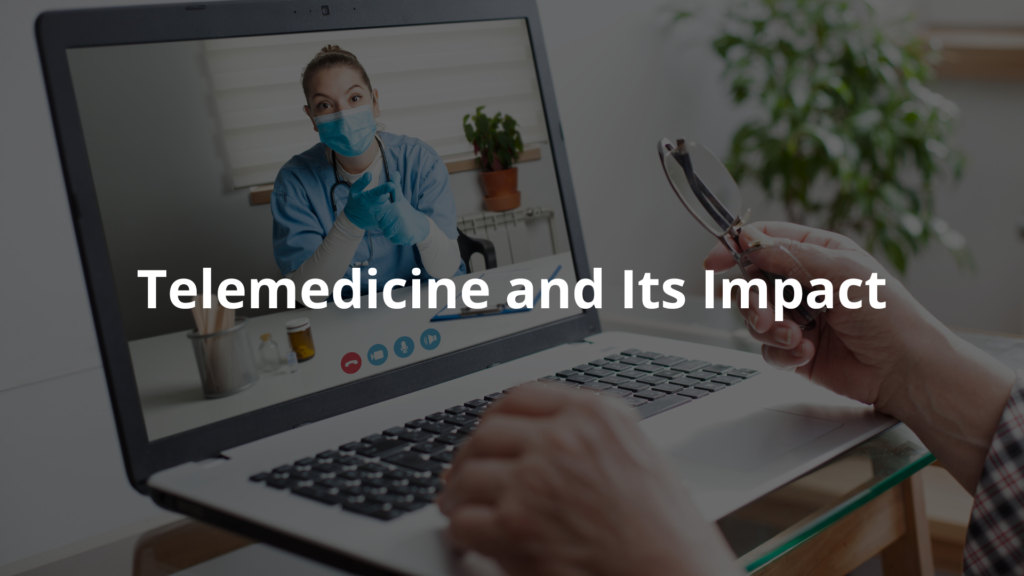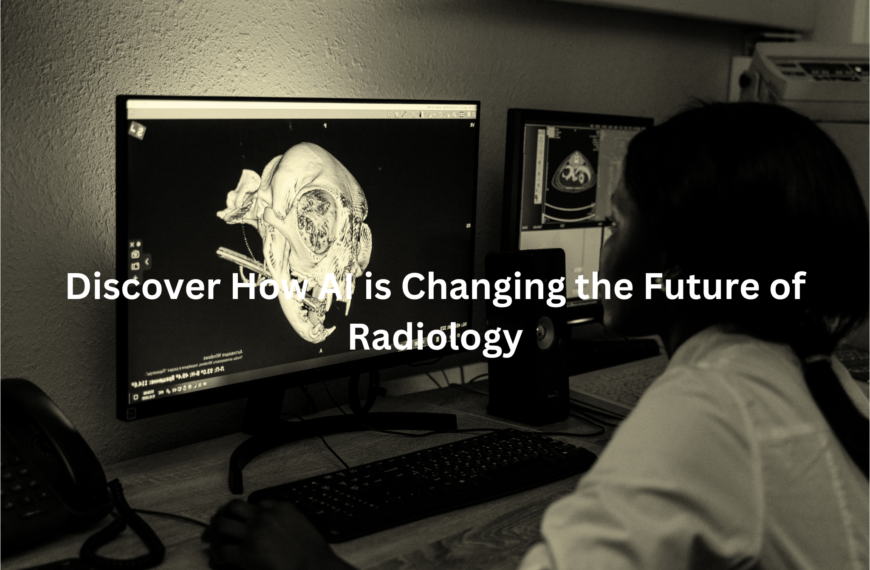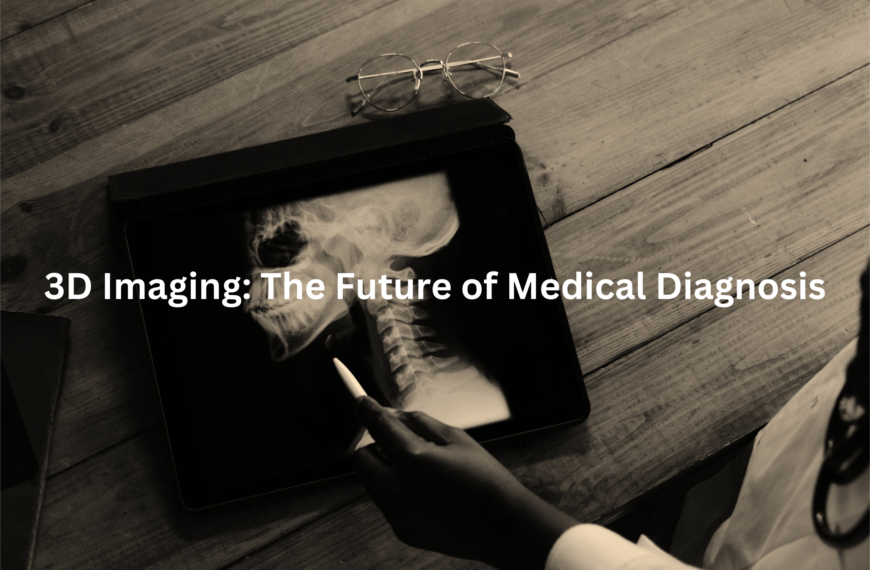Explore the exciting future of radiology in Australia. Get to know about AI tools, workforce challenges, and emerging technologies that will enhance patient care.
As one strolls through a busy medical center, the buzz of radiology feels almost electric. There’s a sense of purpose in the air, much like a detective on a case. Radiologists are not just looking at images; they’re solving the mysteries of the human body. They use advanced imaging techniques, like CT and MRI scans, to help doctors diagnose illnesses, such as lung cancer and breast cancer.
The future of radiology in Australia is bright, brimming with potential. It’s not merely about capturing images anymore; it’s about leveraging AI tools and data science to enhance patient care. This is a thrilling time for radiology, so let’s see how technology is reshaping the field!
Key Takeaway
- AI tools are changing how radiologists work, helping with decision-making and improving patient care.
- There are challenges in hiring enough radiologists, especially in rural areas, but initiatives are underway to address this.
- The future of radiology is driven by technology, making imaging studies more efficient and accurate.
The Role of AI Tools in Radiology
Artificial Intelligence (AI) in radiology is like having an extra pair of super-sharp eyes. It’s changing how doctors look at medical images, like CT scans or MRIs. Imagine a computer program that can go through thousands of scans in just minutes. That’s what AI does. It helps radiologists find things like tiny tumours or early signs of disease—things that might be missed by even the best-trained eyes.
AI in radiology has some pretty big benefits:
- Faster Diagnoses: AI can analyse images quicker than humans, meaning patients don’t have to wait as long for answers.
- Better Detection: It’s really good at spotting early signs of diseases like cancer, which can make a huge difference in treatment.
- Less Workload: Radiologists get a hand with all those scans, so they have more time to focus on patients.
In Australia, more hospitals are starting to use AI in radiology, and it’s already helping improve patient care. It’s not replacing doctors, though. It’s more like a tool they can use to do their job even better.
The Growing Demand for Radiology Services
Australia’s population is getting older, and that means more people need medical imaging. Whether it’s for broken bones or cancer checks, the demand for radiology services is going up fast. Experts say the radiology market here could grow by 4–5% every year. That’s a lot! [1]
Here’s the thing, though: there aren’t enough radiologists to keep up. Most of them work in big cities, but a lot of Australians live in rural areas. That makes it hard for people outside the cities to get the scans they need.
The Royal Australian and New Zealand College of Radiologists (RANZCR) is working on this problem. They’re:
- Encouraging more students to study radiology.
- Looking into telemedicine (more on that in a bit).
- Recruiting radiologists from overseas to fill the gaps.
It’s a big challenge, but it’s one they’re tackling head-on.
Telemedicine and Its Impact

Telemedicine is like having a doctor in your pocket. Well, not literally, but it’s close. With telemedicine, a doctor can look at your scans from anywhere, even if they’re hundreds of kilometres away. For people in rural Australia, this is a game-changer.
Here’s how it works:
- A local doctor takes an image, like a CT scan.
- They send it to a radiologist in another location.
- The radiologist reviews it and sends back their report.
This means patients in remote areas don’t have to travel hours to see a specialist. They can get results faster, which often leads to quicker treatment.
Teleradiology (that’s the fancy word for radiology done through telemedicine) is growing in Australia. More hospitals and clinics are using it, and it’s helping close the gap between city and rural healthcare.
Challenges in the Radiology Workforce
Here’s a tough fact: 87% of radiologists in Australia live in big cities, but about 70% of the population lives outside them. That leaves a lot of people in rural areas without easy access to imaging services. [2]
RANZCR is trying to fix this by:
- Getting more students interested in radiology.
- Bringing in radiologists from other countries.
A friend of mine who grew up in the country once told me how hard it was for her family to get a scan done. They had to drive for hours and then wait weeks for results. That’s not ideal, especially if someone’s sick.
If more students take up radiology, especially in rural areas, it could make a huge difference. So, if you’re thinking about a career in medicine, maybe give radiology a look. You’d be helping people who really need it.
The Future Landscape of Medical Imaging
The future of radiology in Australia looks pretty exciting. AI is expected to play an even bigger role, helping radiologists work faster and more accurately. There’s also talk of using advanced tech like deep learning (a type of AI) to analyse images automatically.
Another cool thing on the horizon is hybrid imaging. This is where two types of imaging—like PET and CT scans—are combined to give doctors a clearer picture of what’s going on inside a patient. It’s already being used for things like cancer treatment planning, and it’s likely to become more common.
With all these advancements, radiology is set to become even more important in healthcare. And for patients, that means better care, faster answers, and hopefully, healthier outcomes.
If you’re in the medical field or thinking about joining it, keep an eye on radiology. It’s a field that’s growing, changing, and making a real difference.
FAQ
How is AI technology transforming diagnostic imaging and radiology practice?
AI tools are revolutionising how radiologists analyse imaging data and create radiology reports. Machine learning and neural networks help with image analysis, making diagnosis faster and more accurate. This transformation affects everything from cancer detection to routine diagnostic services, changing how radiologists care for patients.
What role will medical students and training programs need to focus on for future radiology?
The changing field of radiology means medical students need new skills. Training programs now combine traditional diagnostic imaging with digital imaging and AI technology. Future radiologists must understand both clinical practice and emerging trends in imaging AI, preparing them for an evolving medical specialty.
How are imaging modalities and clinical practice evolving with state of the art technology?
Modern radiology combines multiple imaging modalities, from magnetic resonance to nuclear medicine and molecular imaging. Clinical practice is advancing with high quality imaging findings and AI-assisted decision making. These developments are shaping the future of diagnostic services.
What’s changing in cancer screening and early detection with new imaging technologies?
Advanced imaging AI and machine learning are improving cancer detection and oncologic imaging. Clinical oncology benefits from better diagnostic imaging tools, leading to earlier detection and more accurate diagnoses. This integration of AI technology is transforming how radiologists approach cancer screening.
How is natural language processing affecting radiology reports and clinical adoption?
Language models are changing how radiologists create and analyse radiology reports. Natural language processing helps with clinical adoption of new tools while maintaining best practices. This affects primary care and the broader health care system by making reports more accessible and actionable.
What’s the current state of AI adoption in North America and academic radiology?
The United States and North America are seeing significant adoption of AI in clinical radiology. Academic radiology departments and working groups are developing best practices for integrating AI into diagnostic services. This transformation is based on healthcare needs and evidence from clinical practice.
How are open access and insights imaging changing radiology education?
Open access to imaging findings and radiology reports helps medical students learn. Working groups share insights imaging through various platforms, improving radiology training and clinical role understanding. This accessibility is vital for shaping the future of radiology education.
What does the European Society suggest about the future of radiology training?
European training curricula are evolving to include digital imaging and AI technology. The focus is on preparing radiologists for clinical practice with new imaging modalities and AI tools. This approach ensures radiologists can provide high quality care while adapting to emerging trends.
Conclusion
Radiology in Australia is heading into an exciting future. With AI, telemedicine, and hybrid imaging advancing, patient care could improve heaps. But there’s still the issue of workforce shortages. RANZCR’s working on solutions to help radiologists keep up with demand. As tech evolves, radiology will too, opening doors to new possibilities. It’s a fascinating time for healthcare, and honestly, who knows what breakthroughs we’ll see next? Keep watching—it’s going to be something special.
References
- https://glginsights.com/articles/challenges-and-opportunities-in-australias-radiology-industry/
- https://pmc.ncbi.nlm.nih.gov/articles/PMC10613841/




